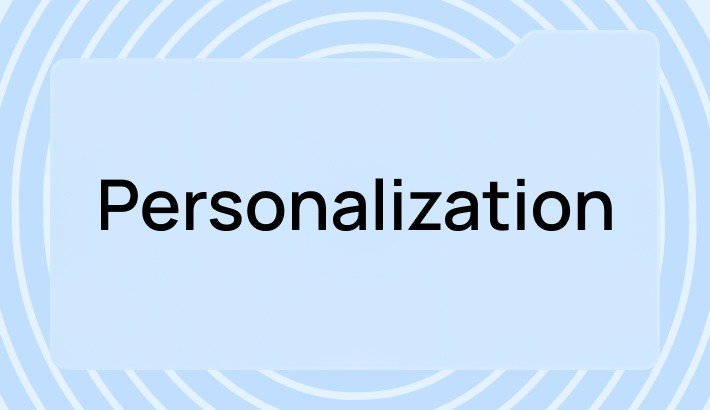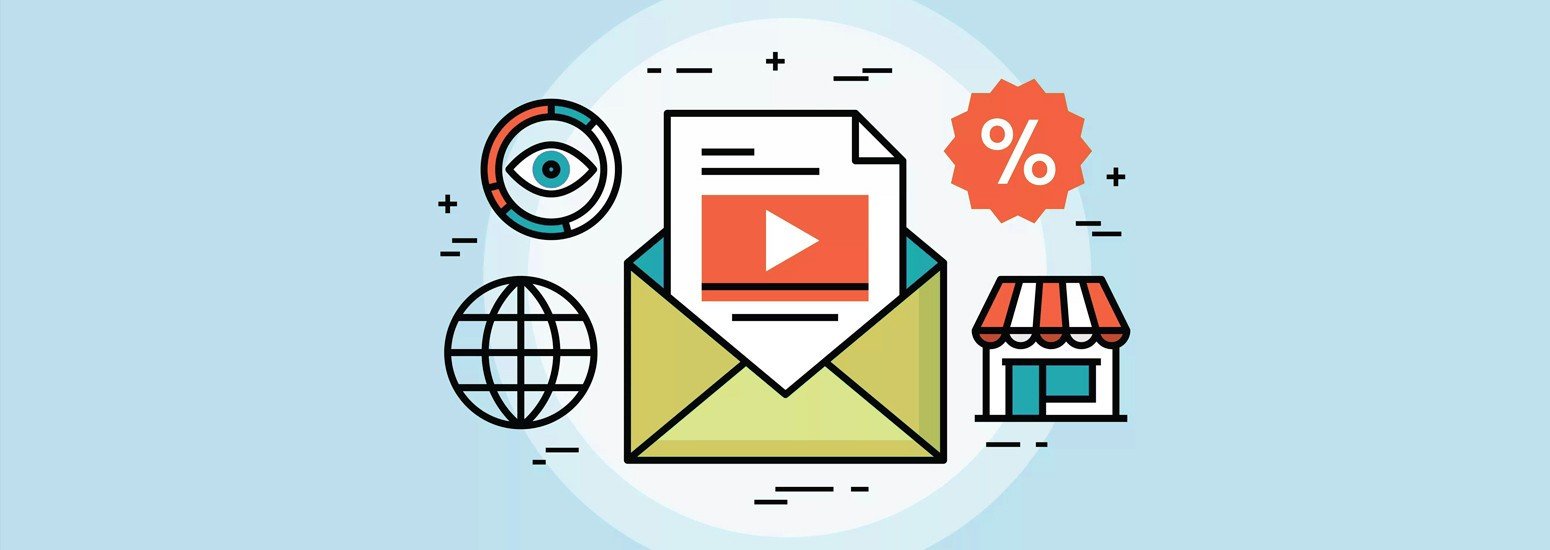

Unlocking success with data-driven email marketing strategy
Create exceptional emailsAs Charles Babbage once said:
Errors using inadequate data are much less than those using no data at all.
Data is the foundation of any business because it allow you to make decisions that affect business development. Without data, you are doomed to swim blindly in the stormy ocean of your niche. Data are the fuel of email marketing, allowing you to create targeted email campaigns that land not only in your audience’s inboxes but also in their minds, prompting business action.
In this article, we will look at data-driven email marketing, its benefits, and tips on how to take the path of this strategy. We also spoke with an industry experts who shared their insights and wisdom on the subject. It’s going to be interesting, so let’s get started.
What is a data-driven email marketing strategy?
Data-driven email marketing uses insights and analytics to refine every part of email campaigns, from audience targeting to message timing and content customization. This strategy ensures that emails are more relevant to your audience, leading to better engagement, higher conversion rates, and improved overall marketing success.
By gathering and analyzing data on customer behavior and preferences, marketers can craft emails that resonate more deeply with recipients. This approach helps ensure that emails are both timely and relevant, increasing their effectiveness and enhancing customer engagement.
Benefits of data-driven email marketing
Because data are often useful in their own right, email marketing strategies backed by them can significantly improve the performance of your entire promotion. It’s time to look at these benefits.
Data-driven decisions lead to raised CTR
The first thing you will notice after you start using data more actively and thoughtfully in your emails is an increased CTR. Working with data and segmentation significantly increases the CTR of email campaigns, namely by 50% — all thanks to the analysis of existing data and a more personalized experience for everyone, since you understand which audience segments you have and what they want to see in emails.
Data-driven marketing increases ROI
As we said above, a clear understanding of your audience and its preferences is the foundation for creating personalized email campaigns. This approach of improving the audience experience leads to a direct improvement in the performance of your marketing efforts. After all, personalized email newsletters have a higher engagement rate, which leads to a 6-fold increase in the number of transactions.
Higher transaction rate — higher ROI. Plain and simple. However, there are other approaches to increasing your email marketing ROI. Check out our special article to boost your email performance.
Better customer experience
A satisfied client is a client who will return to you again or become a regular one. According to surveys, 81% of customers prefer companies that provide a personalized experience, and data-based segmentation is the key to such an experience.
How to set up a data-driven email marketing strategy
Setting up your data-driven email strategy is a tricky task, so we’ve compiled a small guide that will walk you through the whole process.
Collect data and integrate it
Everything starts with collecting data. To create relevant offers, you need to know your customers’ preferences and interests. For example, if a company sells pet products, information about what kinds of pets its customers have will be very useful. If you know what your client’s pet eats and what accessories they prefer, communication becomes much more enjoyable and useful.
To make sure you are all packed with the necessary data, your goal is to gather:
- name, phone number, and email;
- gender, age, and date of birth;
- geographic location;
- job information like position and possibly the name of the company;
- profiles on social networks;
- attitude toward your brand;
- problems need to be solved and desires to be fulfilled.
Pretty big list, ain’t it? To gather all this information, you can turn to various approaches, such as:
- regular registration form on your website with data fields to fill in;
- free offers in exchange for registration;
- surveys and polls, both on the website and using emails;
- welcome emails with clarifying questions.
Combining these methods can help you gather all the data you need without looking creepy and annoying to your audience.
Segment your email list
Well, you’ve gathered all the data you need. What’s next? It’s about time to start segmentation. This big chunk of data is useless without proper segmentation to clearly see what people are your audience and what percentage they make up.
Segment your audience based on different criteria, like:
- age;
- gender;
- geographical location;
- interests;
- recent actions;
- wishlist products;
- and more.
Seeing a clearer picture will help you understand which segments of your audience are the most promising for marketing purposes and will give you direction for your future work.
To learn more about all the ins and outs of segmentation, we recommend that you check out our dedicated article on this topic.
Personalize emails based on segmentation
You have full-fledged audience segments, so it’s time to make your email newsletters more personalized. It’s a tricky task; however, you’re limited only by your imagination, as personalization can be in the form of:
- recipient’s name in the subject line;
- mentioning recent actions on your website;
- personalized offers;
- loyalty programs;
- happy birthday emails;
- personalized product recommendations;
- localization, imagery, and send time.
The list is pretty big, and each item adds some degree of personalization to your emails. Combining them will put your newsletters on another level of more personal engagement with your audience. We’ve discussed personalization in our separate article, so check it out to prepare yourself for making your emails more personal.
Conduct A/B tests of your email campaigns
Tests are a vital part of improving your email marketing efforts. You should conduct A/B tests before launching full-fledged email campaigns with implemented data-driven changes. All your theories, tweaks, and fixes should be properly tested in a small-scale environment, namely a small chunk of your audience. See how your subscribers react to more personalized emails, changed imagery, different subject lines, and more. Their reaction will directly change your OR and CTR metrics, so watch them carefully.
Making A/B tests that work and give you clear insights and what you should fix is a tough process, so we decided to make things easier with our article.
Go live and observe email performance
All emails are prepared, theories tested, and tweaks implemented. It’s about time to go live and see how your data-driven approach will work in a full-fledged email campaign. Observe your performance as your campaign goes on to see how your audience reacts and engages with your changed marketing approach.
Analyze campaign results, make tweaks, and collect feedback
So, your email campaigns have ended. Now comes the stage of collecting all the data for subsequent analysis. You must clearly understand how your campaigns performed in terms of engagement metrics, ROI, and overall audience feedback. To get the full picture, you may need to conduct additional small email campaigns to collect feedback, after which you can make the necessary adjustments to improve subsequent email campaigns using the data provided by the audience.
Wrapping up
Data-driven decisions are the cornerstone of effective email marketing. Using data, you can achieve increased personalization, which will lead to increased metrics like CTR, ROI, and much more. Besides that, the overall experience you provide to your audience will also become more memorable and will positively distinguish you from the competition.
We hope that this guide and the insights will help you establish a clockwork process of gathering, segmenting, and utilizing data for your effective email marketing campaigns. Once you have all the data you need, we will also gladly help you craft your data-driven emails.













